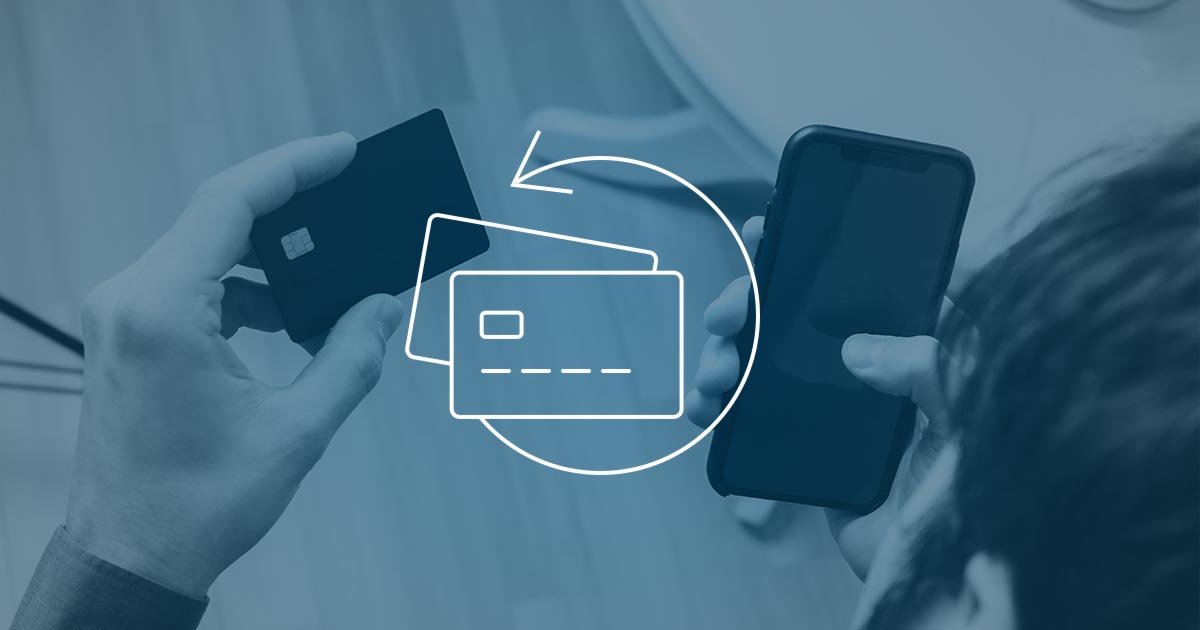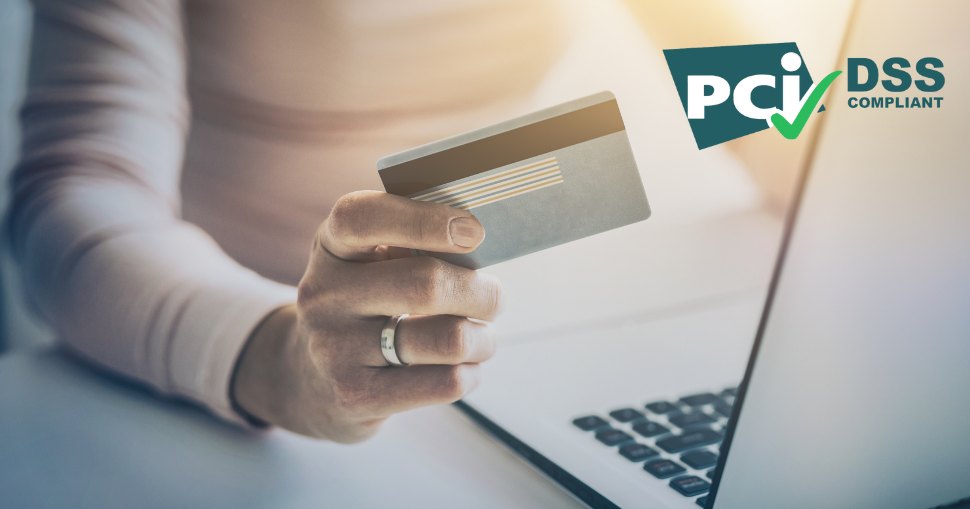As ecommerce grows, so do chargebacks and online fraud. The effects of chargebacks are vast. Not only do you as a merchant stand to lose a substantial amount of money, but you might also risk being blacklisted by your acquiring bank, supply chain disruptions and even bankruptcy. It’s not all gloom and doom. You can however minimise chargebacks and protect yourself from falling victim to them.
What is chargeback fraud?
Chargebacks happen when a merchant sells a product online to a customer, the customer receives the product intact but lodges a complaint with their issuing bank to have their funds returned. The issuing bank then recoups the funds from the merchant’s acquiring bank, which recoups the funds from the merchant.
A 2016 study conducted by LexisNexis found that merchants pay $4 for every $1 chargeback. Merchants don’t only lose money. They also forfeit the product and have to pay administrative costs and penalties.
When a customer knowingly buys a product, and intentionally claims a chargeback from their bank, it’s called chargeback fraud. Although banks and card issuers have teams of people checking transactions to see if they are legitimate, the volume of fraud and chargeback fraud has escalated. Look at the stats for American ecommerce chargebacks and how it has escalated on the Cb911 site. Mastercard estimates global chargeback costs may reach an astronomical $117.47 billion by 2023.
Chargeback ratios
All four major card networks set maximum chargeback thresholds for every merchant account they open. The ratio determines how many chargebacks a merchant can submit every month. The number of chargeback cases a month divided by the number of monthly transactions of each merchant gives you the ratio. Mastercard calculates its ratio by dividing the number of chargebacks in a month by the number of transactions in the previous month.
High-risk merchants
Your chargeback ratio ties in with your reputation, reliability, and standing with card networks and payment processors.
Card networks and payment processors classify merchants into various risk categories. They look at how likely merchants are to be defrauded or to suffer from chargebacks. Some industries are riskier than others. No matter what you do.
If you’re classified as a high-risk merchant you suffer from many chargebacks and fraudulent transactions. It might be because you’re in a high-risk industry or the fact that you haven’t put the necessary measures in place to prevent fraud. It’s important to note that chargeback fraud counts as a chargeback. It still adds to your ratio, even if you were a victim.
Protect yourself
You can either protect yourself before transactions are authorised or afterwards. It pays to have a chargeback management strategy to determine how you prevent chargebacks or deal with them once the transaction has gone through. Think of the health of your ecommerce store the same way you think about your health. If you get sick, it doesn’t help just treating the symptoms. You have to get to the root of the problem. There are three main sources of chargebacks; criminal fraud, merchant error or friendly fraud.
Criminal fraud entails a third party stealing a customer’s card or account; merchant errors include operational missteps, and friendly fraud happens when cardholders file invalid disputes – ordering goods with the intention of claiming the product is faulty. Each one requires different management strategies (more about that in our blog next week.)
Chargeback insurance
You might ask yourself if chargeback insurance wouldn’t cover your business against these ‘invasions’. Some third-party insurers do offer chargeback insurance. It covers the merchant for costs related to credit card fraud or when someone other than the cardholder uses a card to make fraudulent purchases. The policies also cover liability for claims arising from these transactions. Although you might have fraud coverage, you must still do your due diligence to prevent these transactions.
Truevo provides 3D secure transactions, fraud prevention and excellent customer service. It’s invaluable when you’re experiencing any challenges. As we all know, crime knows no time. Speak to us we’d love to do safe, fast and secure business with you.



